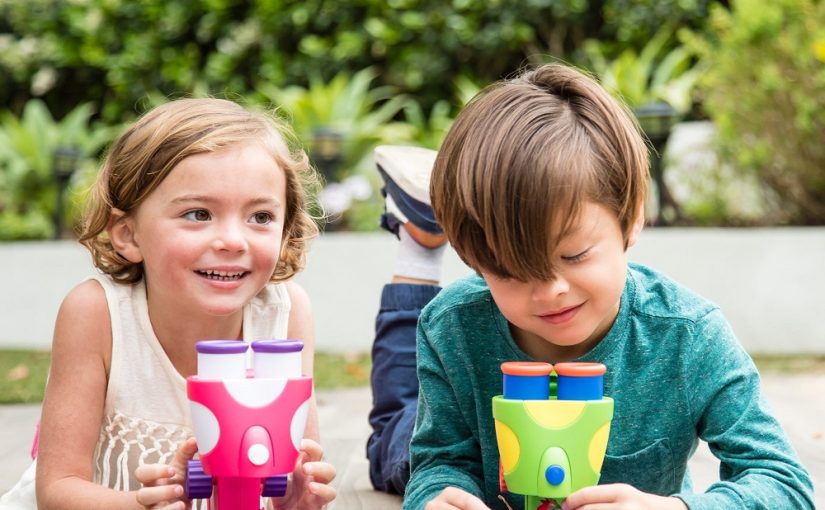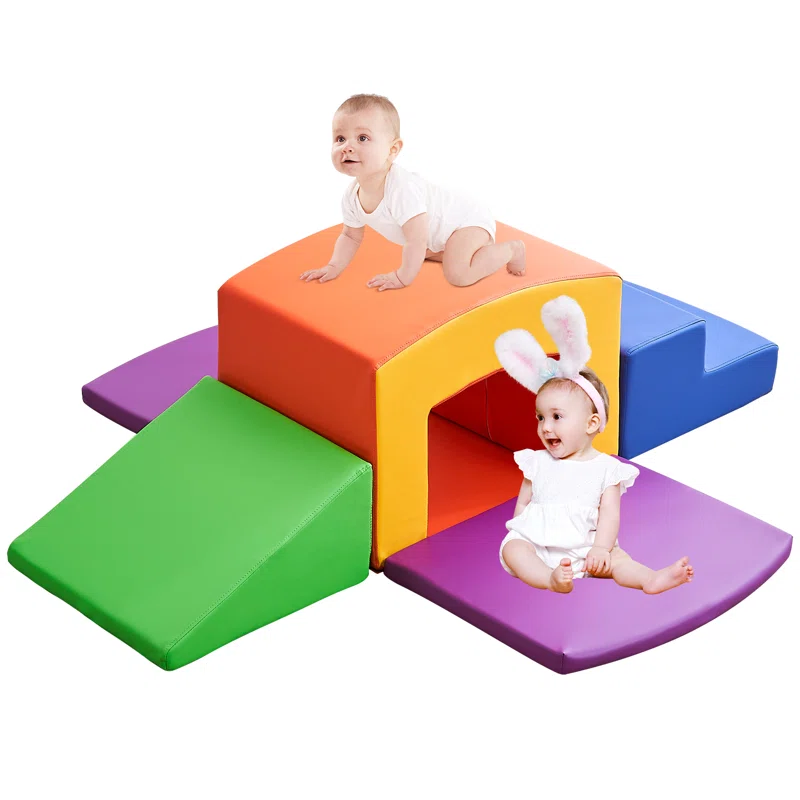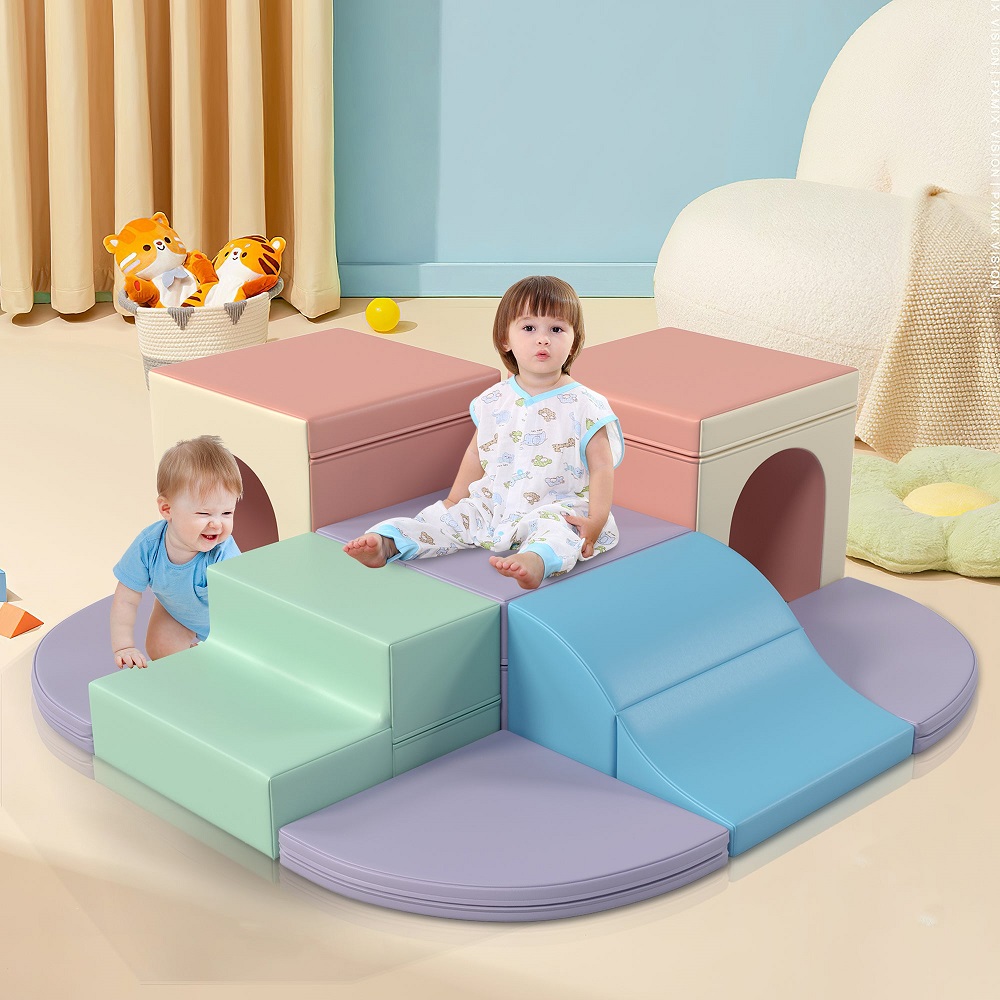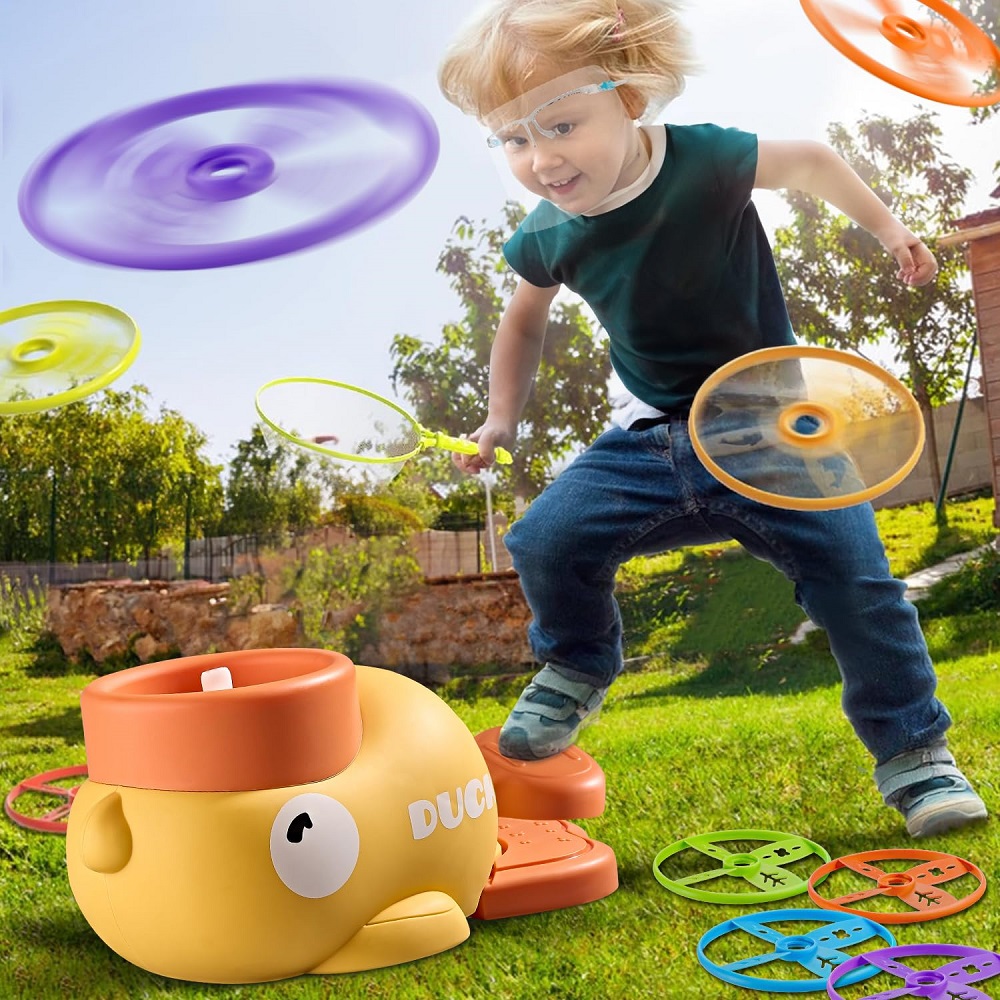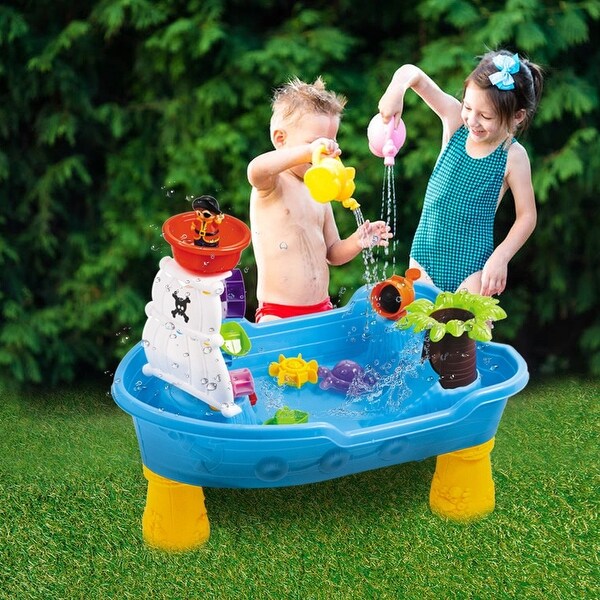Introduction: The Appeal of Catan
The Catan board game has become a staple in modern board gaming since its debut in 1995. Known for its blend of strategy, resource management, and negotiation, Catan offers players a dynamic experience every time they sit down to play. However, to fully enjoy this engaging game, understanding the rules is essential. For new players, the catan board game rules can sometimes seem overwhelming. This is where our quick reference guide comes into play.
In this article, we will provide a streamlined overview of the Catan board game rules. We will cover the basics, key mechanics, and common strategies to enhance gameplay. Whether you’re a beginner looking to learn the game or an experienced player needing a refresher, this guide will help you immerse yourself in the world of Catan and make your game nights even more enjoyable.
Understanding the Setup
1. Setting Up the Game Board
- Modular Board Configuration: The Catan board consists of hexagonal tiles representing different resources: forests, fields, mountains, hills, and pastures. Players set up these tiles in a random arrangement, which creates a different game board each time.
- Placing Number Tokens: After the hexagonal tiles are set up, players place numbered tokens on each tile, corresponding to the rolling numbers on 2 six-sided dice. This determines which resources will be produced during gameplay.
- Starting Settlements and Roads: Each player places two settlements and two roads on the board. Players take turns positioning these starter pieces, considering resource access and strategic positioning for future expansion.
Setting up the Catan board correctly is crucial for an enjoyable gaming experience, as it directly impacts players’ strategies.
Basic Gameplay Mechanics
1. Resource Collection
- Rolling the Dice: At the start of each player’s turn, they roll the two dice. The sum of the dice determines which hexes produce resources for the players who have settlements adjacent to those hexes.
- Gathering Resources: Players collect resources based on their settlements’ positions. For example, if a player has a settlement next to a hex that shows the number rolled and that hex is a forest, they receive one wood resource.
2. Trading Resources
- Negotiable Trading: After collecting resources, players have the option to trade them with other players. This negotiation fosters social interaction and strategic decision-making as players work to gather the resources they need.
- Maritime Trade: Players can also trade resources with the bank at a base rate of 4:1, or trade at better rates if they have settlements on specific harbor locations. This trading aspect introduces unique strategic opportunities for players.
Efficient resource management and trading are essential for successful gameplay, allowing players to build settlements and roads while pursuing victory points.
Building and Expanding
1. Constructing Roads and Settlements
- Building Rules: Players can use resources to build roads, settlements, or upgrade existing settlements to cities. Constructing a road requires one wood and one brick, while building a settlement requires one of each of the following: wood, brick, wheat, and sheep.
- Development of Cities: Upgrading a settlement to a city not only increases resource production from adjacent hexes but also provides two victory points. Managing expansions and upgrades effectively is key to a successful strategy.
2. Development Cards
Using Development Cards
- Acquiring Development Cards: Players can purchase development cards by spending specific resources: one sheep, one wheat, and one ore. This cost adds an element of resource management, as players must decide when it is most beneficial to invest in development cards.
- Benefits of Development Cards: Development cards come with various benefits that can significantly impact gameplay. Some cards provide players with immediate advantages, while others contribute to long-term goals.
- Victory Points: Certain development cards grant players additional victory points. Acquiring these cards can bring players closer to the winning threshold of ten points, making them valuable assets during the game.
-
Knight Cards: Some development cards are knight cards, which allow players to move the robber to block resources from other players. This action can be instrumental in disrupting opponents’ strategies and controlling resource flow.
- Special Abilities: Additional development cards may offer special abilities, such as gaining resources or providing protective measures against the robber. Utilizing these cards effectively can give players a competitive edge.
- Timing and Strategy: Players must consider the timing of purchasing and using development cards. Sometimes, saving resources for development cards can be more beneficial than immediately expanding settlements or roads. Understanding when to invest can be key to winning the game.
Strategic Value
- Long-term Investment: Investing in development cards is a strategic move that can yield substantial benefits throughout the game. While players may delay physical expansions, the strategic value of development cards can lead to significant advantages in the mid to late game.
- Largest Army Card: One particularly valuable development card is the “Largest Army.” This card is achieved by playing the most knight cards, and it rewards the player with three victory points. This immediate boost can change the dynamic of the game.
- Meeting the Army Requirement: To claim the “Largest Army” title, players must strategically play knight cards during their turns. This strategy requires careful planning about resource allocation, timing, and interactions with other players.
- Disrupting Opponents: Playing knight cards not only helps a player move closer to winning but also allows them to disrupt other players by moving the robber. This disruption can weaken opponents’ positions and improve the player’s standing.
- Flexibility and Adaptability: Development cards offer players flexibility in their gameplay. Depending on the current state of the game, a player might decide to focus on building roads and settlements or switch to investing in development cards for strategic benefits.
Balancing the construction of roads and settlements while investing in development cards adds depth to strategic planning in Catan.
The Robber and Special Rules
1. Employing the Robber
- Robber Placement: When a player rolls a seven, they must move the robber to block resource production on a hex of their choice. The player also can steal a resource from any player with a settlement or city adjacent to that hex.
- Impact of the Robber: The robber adds a layer of strategy, as it can disrupt resource gathering and create tension between players. Managing robber placement carefully can shift the balance of power.
2. The 7 Rule
- Understanding the 7 Rule: If players hold more than seven cards when the robber is activated, they must discard half of their resource cards. This rule encourages players to manage their hand size actively and trade resources effectively to avoid losses.
Understanding the robber’s mechanisms and the associated catan board game rules significantly impacts gameplay, making strategic decisions even more critical.
Quick Reference for Resource Rules
1. Resource Management Basics
- Understanding Resources: Players must be familiar with the different resources and where to acquire them. Efficiently gathering and trading these resources is essential for expansion.
- The 3:1 Rule: Players can trade their resources at a bank rate of 4:1 or 3:1 at certain harbors. Knowing how to leverage harbor trades can give players critical advantages in resource acquisition.
2. Keeping Track of Development
- Victory Points: Players aim to reach ten victory points to win. Building settlements, cities, and obtaining development cards contribute to accumulating these points.
- Special Cards and Bonuses: Players can also gain victory points from certain development cards and achieving “Largest Army” or “Longest Road,” enhancing competition among players.
Being aware of the nuances of resource management mechanics assists players in making informed decisions and optimizing their strategies.
Frequently Asked Questions about Catan
What are the basic rules of Catan?
Catan’s basic rules involve collecting resources, trading with players, and using those resources to build roads, settlements, and cities. Players aim to accumulate ten victory points by the end of the game.
What is the 7 rule in Catan?
When a player rolls a seven, they must move the robber and steal a resource from another player. Additionally, if they have more than seven cards in hand, they must discard half.
What is the 3:1 rule in Catan?
The 3:1 rule allows players to trade any three of the same resource at the bank for one resource of their choice.
How does the Catan board game work?
Catan involves players collecting resources, trading, and building infrastructures while competing to earn victory points. The player who reaches ten victory points first wins the game.
Conclusion: Mastering Catan Board Game Rules
In conclusion, understanding the Catan board game rules is essential for enhancing gameplay and enjoyment. This quick reference guide offers insights into the fundamental mechanics that make Catan a unique and engaging experience. From the basics of resource management to the nuances of trading, players can strategize effectively and fully appreciate what this beloved game has to offer.
Armed with these insights, players can gather their friends and family for a satisfying game night filled with laughter, tension, and strategic maneuvering. Embrace the world of Catan, and let the adventures begin!







 Key Features That Define a Trek Womens Road Bike
Key Features That Define a Trek Womens Road Bike Geometry Designed for Women’s Body Proportions
Geometry Designed for Women’s Body Proportions Émonda Series: Lightweight and Climbing-Optimized
Émonda Series: Lightweight and Climbing-Optimized Shifting Systems: Mechanical vs. Electronic
Shifting Systems: Mechanical vs. Electronic Summary
Summary

















